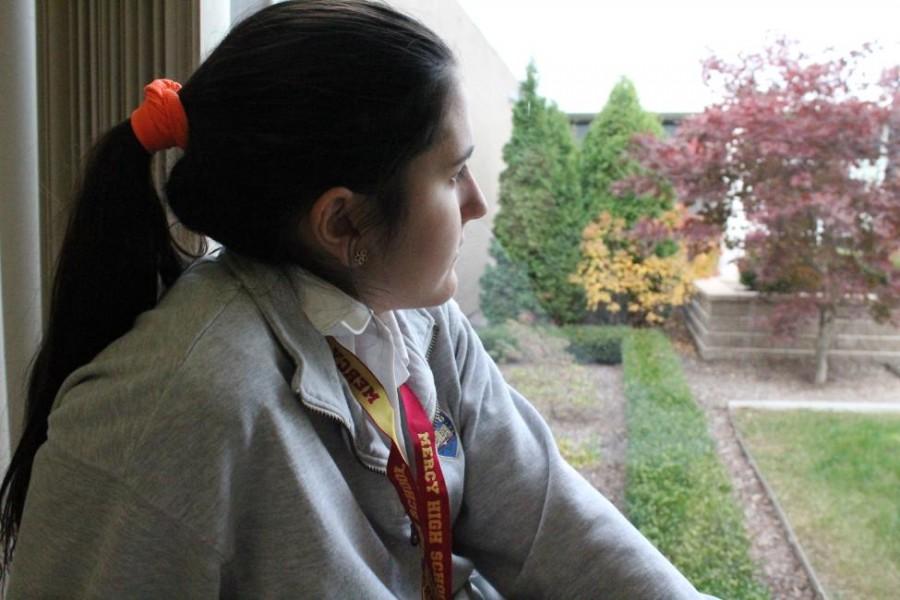Don’t have SAD, but still get sad?
“In the winter I just feel kind of depressed,” said senior Natalie Cieslak. “I really like Christmas through New Year’s because of all the festivities, but after that it is just kind of like waiting for spring. It’s still cold, and I want it to be warm. It seems like it’s never ending.”
Seasonal Affective Disorder (SAD) is a type of depression that is linked to the changes in seasons. Most people with SAD recognize that their systems start in the fall and continue into the winter months. This often leaves people upset, moody, and lacking energy.
“Sometimes instead of going out, I’d rather stay at home in the warmth instead,” said Cieslak. “And the winter is just sad, everything seems to be dead, the flowers, trees, basically everything outdoors is just dead and gone.”
For those who suffer from SAD, treatment may include light therapy (phototherapy), psychotherapy, and medications prescribed by a doctor. If one is noticing a consistent trend in seasonally linked depression, a doctor should be consulted.
According to the American Family Physician, about four to six percent of people may have winter depression. Additionally, another 10 to 20 percent may have mild SAD. SAD is four times more common in women than in men. Some children and teenagers get SAD, although it usually doesn’t appear in people younger than age 20.
Not all sadness in the wintertime is due to SAD, however. One may just be suffering from a case of the winter blues. In this case, there are still ways to kick sadness to the curb.
Here are a few suggestions:
1. Maximize exposure to sunlight. Because the winter blues is typically caused by a vitamin D deficiency, it is important to soak up all the light you can get. Leave the curtains open during the day. If waking up at sunrise is possible, do that as well! Strive for as must sunlight as possible each day.
2. Practice healthy habits. Although spending time on the couch may sound inviting, it isn’t the best way to deal with the winter blues. Exercising, getting enough sleep, eating a well-balanced and nutritious diet, and reducing stress levels are more important than ever. Experiment with eating more nutritious foods, and limit caffeine intake. Feeling good about oneself is necessary to remain in high spirits during the fall and winter.
3. Snack on almonds. Almonds are widely regarded as a powerhouse brain food. Packed with omega-3 fatty acids, riboflavin and L-carnitine, almonds help improve brain function and reduce inflammation. This will power up the brain, and the body.
4. Listen to music. Music has the ability to soothe the soul, comfort, uplift, and relieve stress. Music can leave one feeling uplifted and motivated to accomplish daily tasks, which is very important in combating the winter blues. Besides, life without music would B♭.
5. Try something new! Aim for at least one new, exciting thing each week. Physical activities will not only keep you in shape, but add excitement to your life as well. Sports like ice-skating, skiing, or snowboarding are fun while it is cold outside. Whatever activity is chosen, make sure it is exciting, enjoyable, and eagerly awaited each week.

